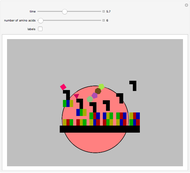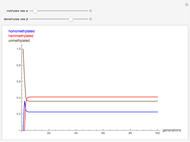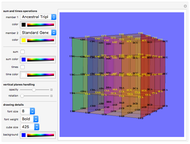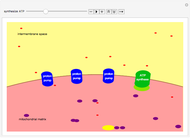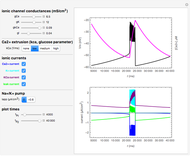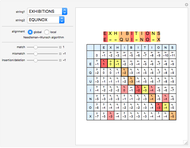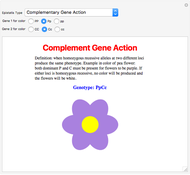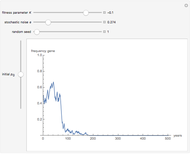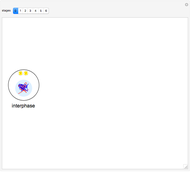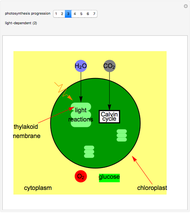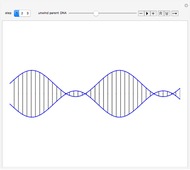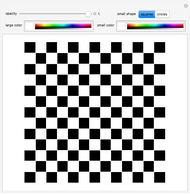DNA Replication

Requires a Wolfram Notebook System
Interact on desktop, mobile and cloud with the free Wolfram Player or other Wolfram Language products.
DNA replication is a fundamental process taking place within the nuclei of eukaryotic cells and is key to understanding how life functions. This Demonstration runs through a simplified version of DNA replication. There are three steps in this process. After selecting each step, move the slider. You will see how the DNA helix unwinds and uses the old DNA strand as a template to create two daughter helices.
[more]
Contributed by: Priyanka Multani (April 2017)
Open content licensed under CC BY-NC-SA
Snapshots
Details
This was a project for Advanced Topics in Mathematics II, 2016–2017, Torrey Pines High School, San Diego, CA.
Permanent Citation
"DNA Replication"
http://demonstrations.wolfram.com/DNAReplication/
Wolfram Demonstrations Project
Published: April 3 2017






